SOURCE: IDRW.ORG TEAM.

Military aviation expert Andreas Rupprecht, also known as Rupprecht Deino, has stirred the pot with his recent comments on China’s enigmatic FC-31 fighter jet. He suggests that the 5th generation aircraft, once touted as a potential competitor to the F-35, might be taking a surprising turn.
According to Deino, the FC-31’s future production might be closely tied to the J-35, a carrier-based variant under development for the Chinese Navy. He believes the FC-31 was always intended as a land-based export version, potentially benefiting from advancements seen in the J-35 but lacking carrier-specific features like folding wings and catapult compatibility.
Continue readingSOURCE: RAUNAK KUNDE / NEWS BEAT / IDRW.ORG
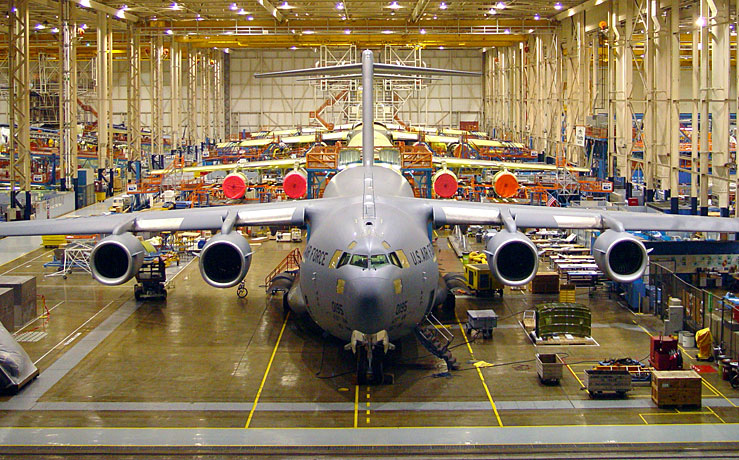
The C-17 Globemaster III, a beloved workhorse of military transport, may see a second life. At the World Defense Show in Saudi Arabia, Boeing’s vice president Torbjorn Sjogren revealed renewed interest from existing operators in purchasing more C-17s if production resumes.
In 2013, faced with a lack of orders, Boeing made the difficult decision to end C-17 production. This news was met with disappointment from many air forces around the world, including the Indian Air Force (IAF), which is the second-largest C-17 operator after the US Air Force.
Continue readingSOURCE: RAUNAK KUNDE / NEWS BEAT / IDRW.ORG
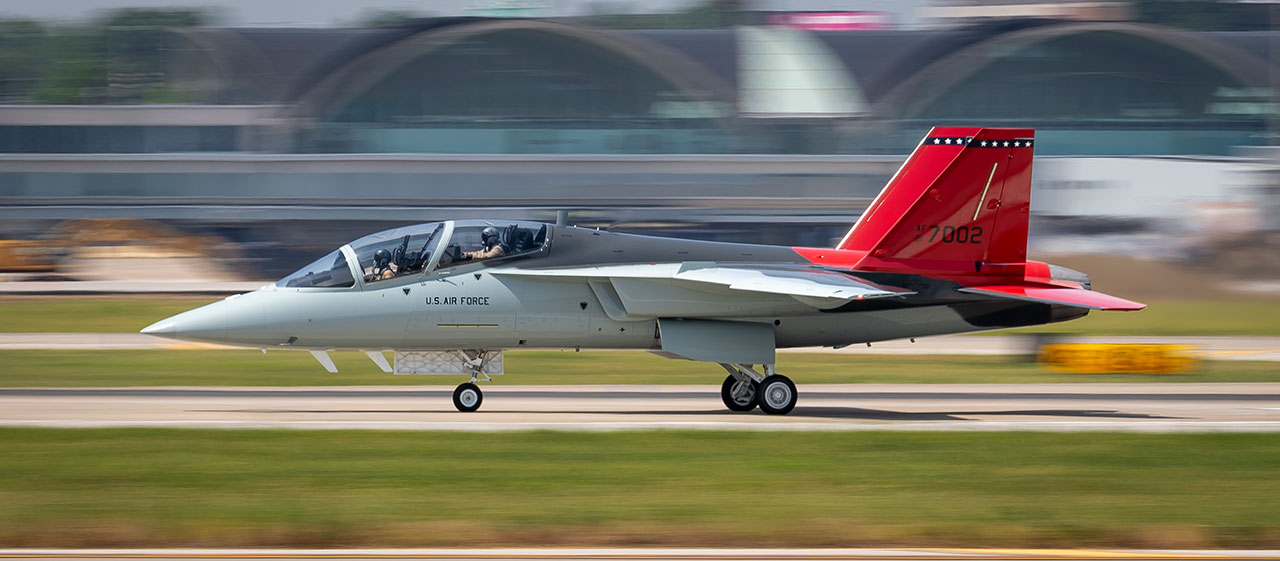
Indian defence companies are taking flight with Boeing’s T-7A Red Hawk program, securing key contracts for the development of this advanced pilot training system. This signifies a significant boost for India’s “Make in India” initiative and strengthens its position as a global player in the aerospace industry.
With the US Air Force planning to induct over 350 T-7A Red Hawks, Boeing is looking to source aerostructures from Indian companies. This presents a lucrative opportunity for Indian firms that are already developing aerostructures for the indigenous LCA-Tejas program. Talks are underway with select companies, indicating a potential shift in the global supply chain for major aircraft programs.
Continue readingSOURCE: RAUNAK KUNDE / NEWS BEAT / IDRW.ORG
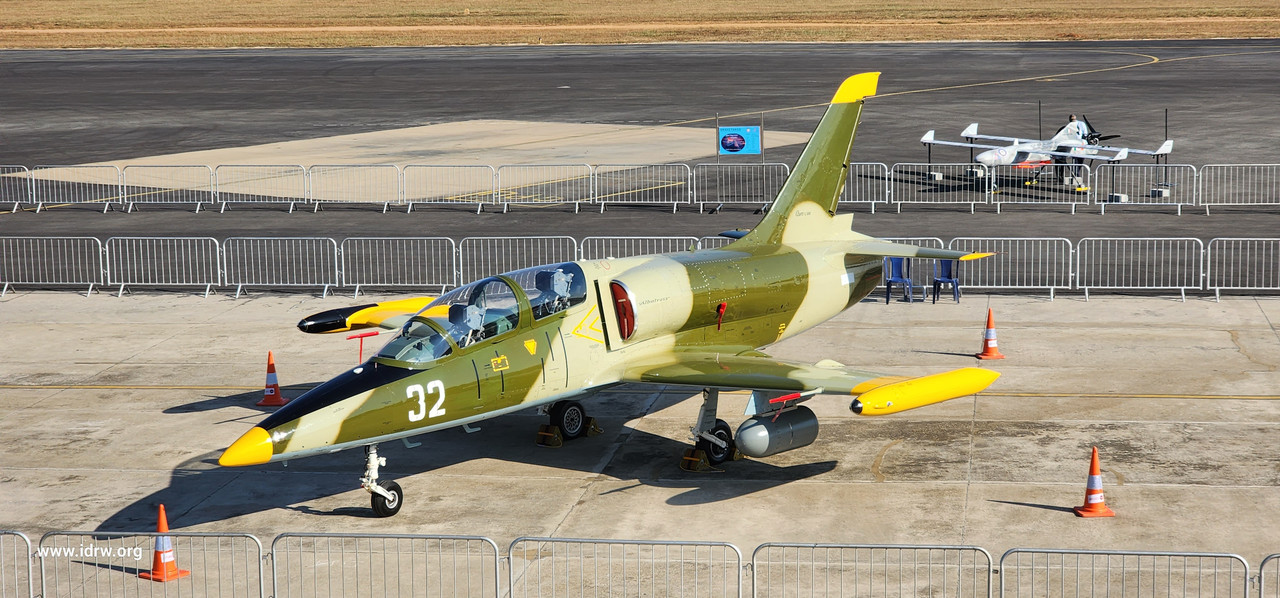
The Indian Air Force (IAF) faces a crucial decision regarding its Stage-II Pilot Training Program with the ageing Kiran-MkII jet trainers nearing retirement in 2025. The indigenous HJT-36 Sitara envisioned as the successor, remains mired in technical delays, pushing the IAF to consider foreign alternatives.
Developed by Hindustan Aeronautics Limited (HAL), the HJT-36 Sitara promised an advanced indigenous trainer. However, plagued by technical issues since its first flight in 2003, it has yet to meet all IAF requirements. Despite recent modifications and renewed flight testing, uncertainty lingers about its ability to enter service before the Kiran-MkII retirement deadline.
Continue readingSOURCE: IDRW.ORG TEAM.

The Indian Army recently conducted trials of the improved version of the Nag Anti-Tank Guided Missile (ATGM) at the Pokhran field firing range, as reported by the Times of India. This development comes alongside the successful demonstration of the NAMIS tank destroyer, solidifying India’s advancements in indigenous anti-tank weaponry.
While details of the specific range improvement remain undisclosed, the upgraded Nag ATGM belongs to the third generation, potentially offering advantages in accuracy, lethality, and countermeasure resistance compared to its predecessor. Its existing “fire-and-forget” capability and tandem warhead design for top-attack engagements ensure effectiveness against armored targets.
Continue readingSOURCE: RAUNAK KUNDE / NEWS BEAT / IDRW.ORG
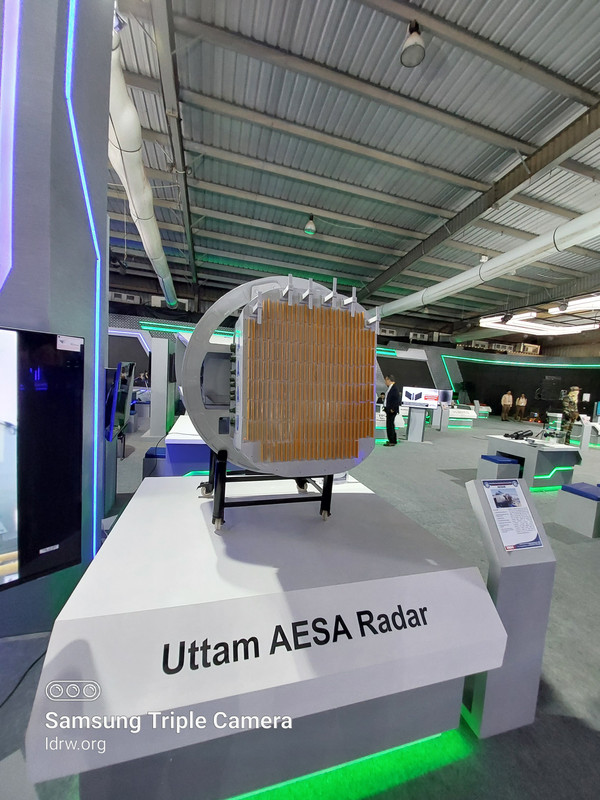
The Indian Air Force (IAF) may soon see its fighter jets equipped with a homegrown marvel: the Uttam Active Electronically Scanned Array (AESA) Fire Control Radar (FCR). Developed by the Defence Research and Development Organisation’s (DRDO) Electronics and Radar Development Establishment (LRDE), the Uttam AESA FCR has completed most of its pre-production flight trials, paving the way for potential production clearance later this year.
The Uttam AESA FCR has undergone rigorous testing, demonstrating its capabilities in various flight modes, including air-to-air combat, air-to-ground operations, and weather and terrain avoidance/following. This comprehensive testing ensures the radar’s effectiveness in diverse operational scenarios.
Continue readingSOURCE: RAUNAK KUNDE / NEWS BEAT / IDRW.ORG

India is poised to finalize a deal for 31 MQ-9B Sea Guardian drones from the US, a move that bolsters its maritime surveillance capabilities but raises questions about its future drone strategy. While the MQ-9B’s features impress military planners, some experts doubt its effectiveness in contested airspace.
Indian Air Force (IAF) officials, speaking to idrw.org, expressed concerns about the MQ-9B’s vulnerability in hostile environments. This aligns with India’s long-term ambition of developing its own High-Altitude Long-Endurance (HALE) UAV program, particularly a stealthy version capable of operating in contested airspace.
Continue readingSOURCE: RAUNAK KUNDE / NEWS BEAT / IDRW.ORG
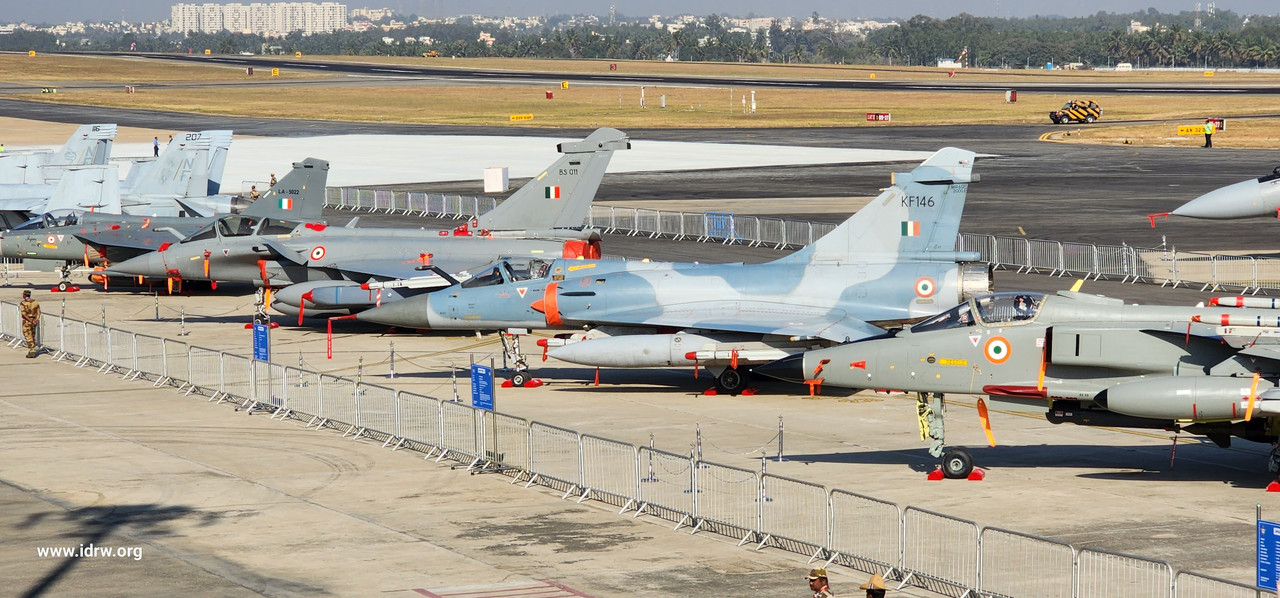
The Indian Air Force (IAF) is exploring options to extend the operational life of its Mirage-2000H fighter jets, including integrating the indigenously developed Astra MkI Beyond-Visual-Range Air-to-Air Missile (BVRAAM). This move comes as the current standard BVRAAM, the 80km Mica-IR/RF, faces increasing obsolescence in the face of more advanced missiles in the region.
With plans to keep the Mirage-2000H operational until 2035, the IAF seeks to enhance its capabilities. Integrating the Astra MkI, boasting a range of 110km, would significantly improve the jet’s long-range air combat potential. Additionally, DRDO’s ongoing development of the Astra MkII with a 160km range presents further possibilities for future upgrades.
Continue readingSOURCE: IDRW.ORG
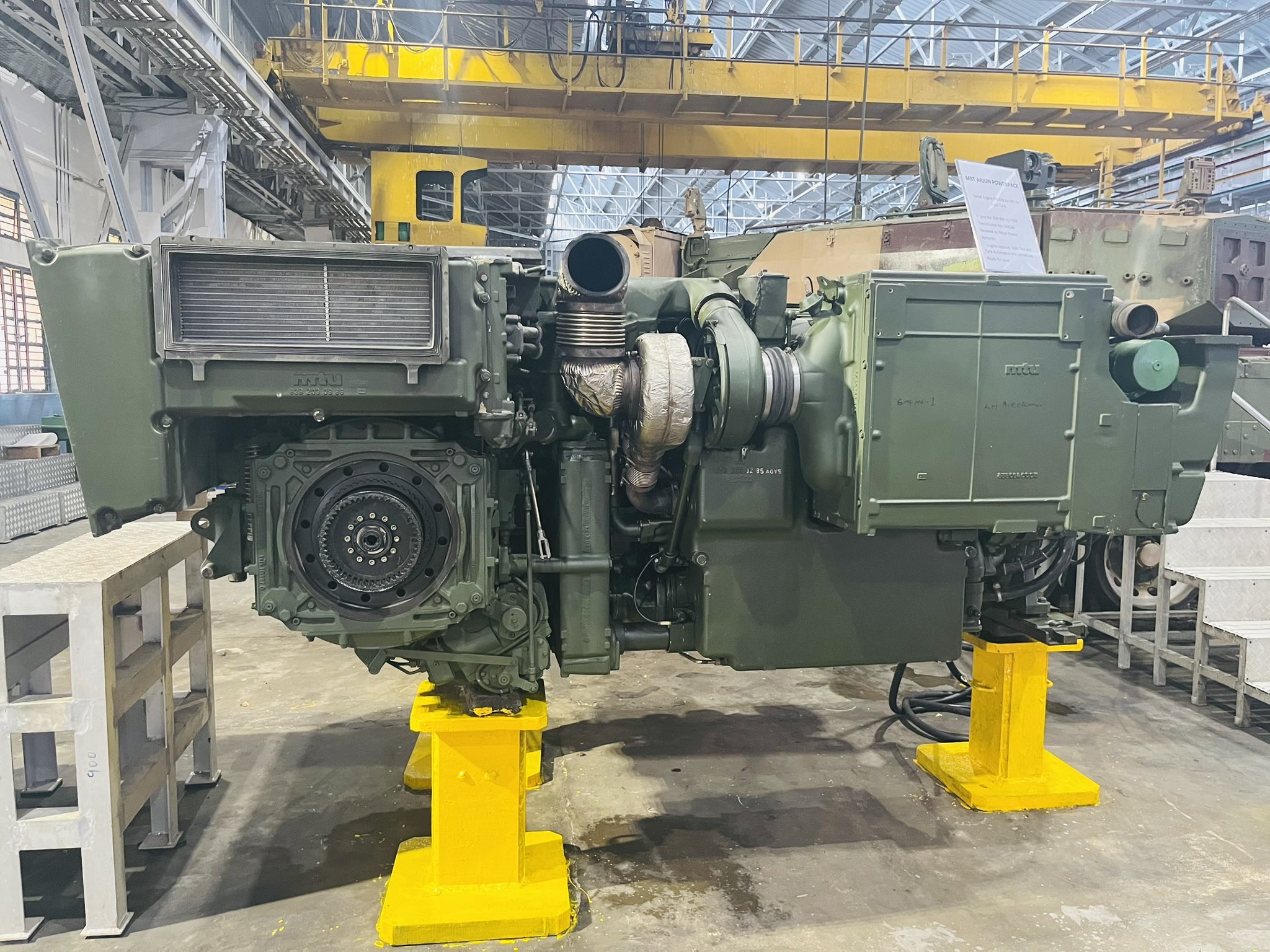
The delivery of 118 Arjun Mk1A tanks to the Indian Army has been delayed due to a snag in engine production by German company MTU. The MTU 838 Ka-501 engines originally intended for the tanks are no longer in production, and restarting production would take longer than the desired delivery timeframe due to supply chain shifts towards newer engine variants.
In September 2021, the Indian Army placed an order for 118 Arjun Mk1A tanks. While the DRDO has some extra MTU 838 engines from previous procurements, these will only suffice for the initial batch of tanks scheduled for delivery from September 2024 onwards. This timeline is now likely to be impacted.
Continue readingSOURCE: IDRW.ORG TEAM

The ambitious project to manufacture AK-203 rifles in India under the Make in India initiative has reportedly encountered significant roadblocks due to financial constraints and challenges related to indigenous content. This development raises concerns about the future of one of India’s key defense projects and its potential impact on the country’s military modernization efforts.
Reports suggest that the high costs associated with royalty payments and technology transfer have rendered the project financially unsustainable. Compared to alternative weapons available to the armed forces, the current pricing model indicates that India could acquire three foreign-made rifles for the cost of one domestically-produced AK-203. This significant cost disparity throws the project’s viability into question, particularly in light of tight defense budgets.
Continue readingSOURCE: IDRW.ORG TEAM
India and France, two key players in the Indo-Pacific region, have signed a significant agreement to co-develop advanced sensors and surveillance capabilities for joint missions. This strategic partnership aims to enhance maritime security and situational awareness in the vast Indo-Pacific, a crucial step in ensuring regional stability and deterring potential threats.
The agreement paves the way for collaborative efforts in developing next-generation sensor technologies. These high-tech sensors will have the capability to monitor both military and merchant marine traffic, providing valuable data on vessel movements and activities. Additionally, the focus will extend to developing advanced underwater sensors capable of tracking submerged vessels, further strengthening intelligence gathering and anti-submarine warfare capabilities.
Continue readingSOURCE: RAUNAK KUNDE / NEWS BEAT / IDRW.ORG
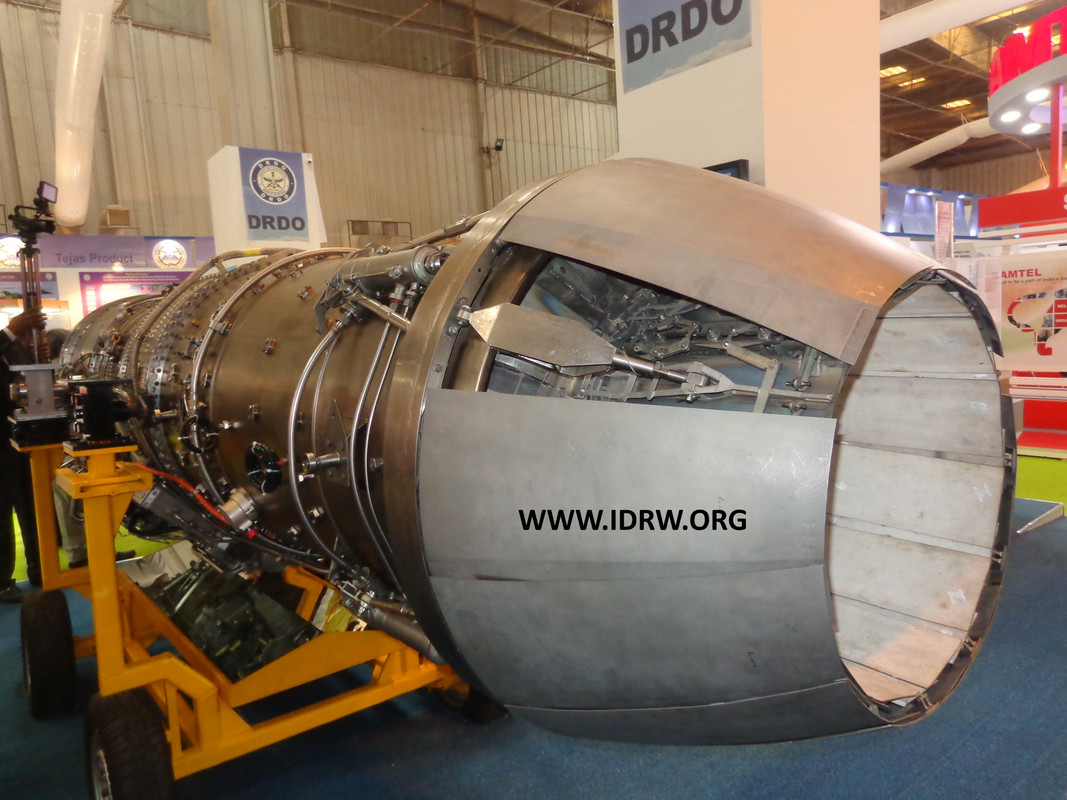
India’s quest for indigenous jet engine technology leaps forward with the planned integration of the Dry Kaveri engine with an afterburner section on the LCA-Tejas fighter jet. This technological demonstrator marks a significant step towards the development of the Kaveri 2.0 engine, aiming to replace imported engines on future Tejas variants.
The current Dry Kaveri engine falls short of powering advanced fighter jets due to its thrust, necessitating the afterburner addition for testing. Achieving the target 73-75kN thrust in this configuration is crucial for securing funds and launching the Kaveri 2.0 program. This upgraded engine, designed to deliver 95-99kN thrust, could potentially replace the F-404 and F-414 engines currently powering the Tejas Mk1A and Mk2 models.
Continue readingSOURCE: RAUNAK KUNDE / NEWS BEAT / IDRW.ORG
/cloudfront-us-east-2.images.arcpublishing.com/reuters/HMFZIYYWLNMY3PG3Y3KK2SVPLI.jpg)
Indonesia has officially scrapped its plan to acquire 12 used Mirage 2000-5 fighter jets from Qatar, citing concerns about the high price tag and the relatively old age of the aircraft. This decision comes after months of negotiations and speculation surrounding the deal, which was valued at €733 million (approximately $790 million).
While the Qatari Mirage 2000-5s, delivered in 1997, are younger than some currently in operation elsewhere (ranging from 25 to 27 years old), they still faced concerns about their age and associated maintenance costs. Previous potential buyers like India and Pakistan also walked away due to these factors.
Continue readingSOURCE: RAUNAK KUNDE / NEWS BEAT / IDRW.ORG
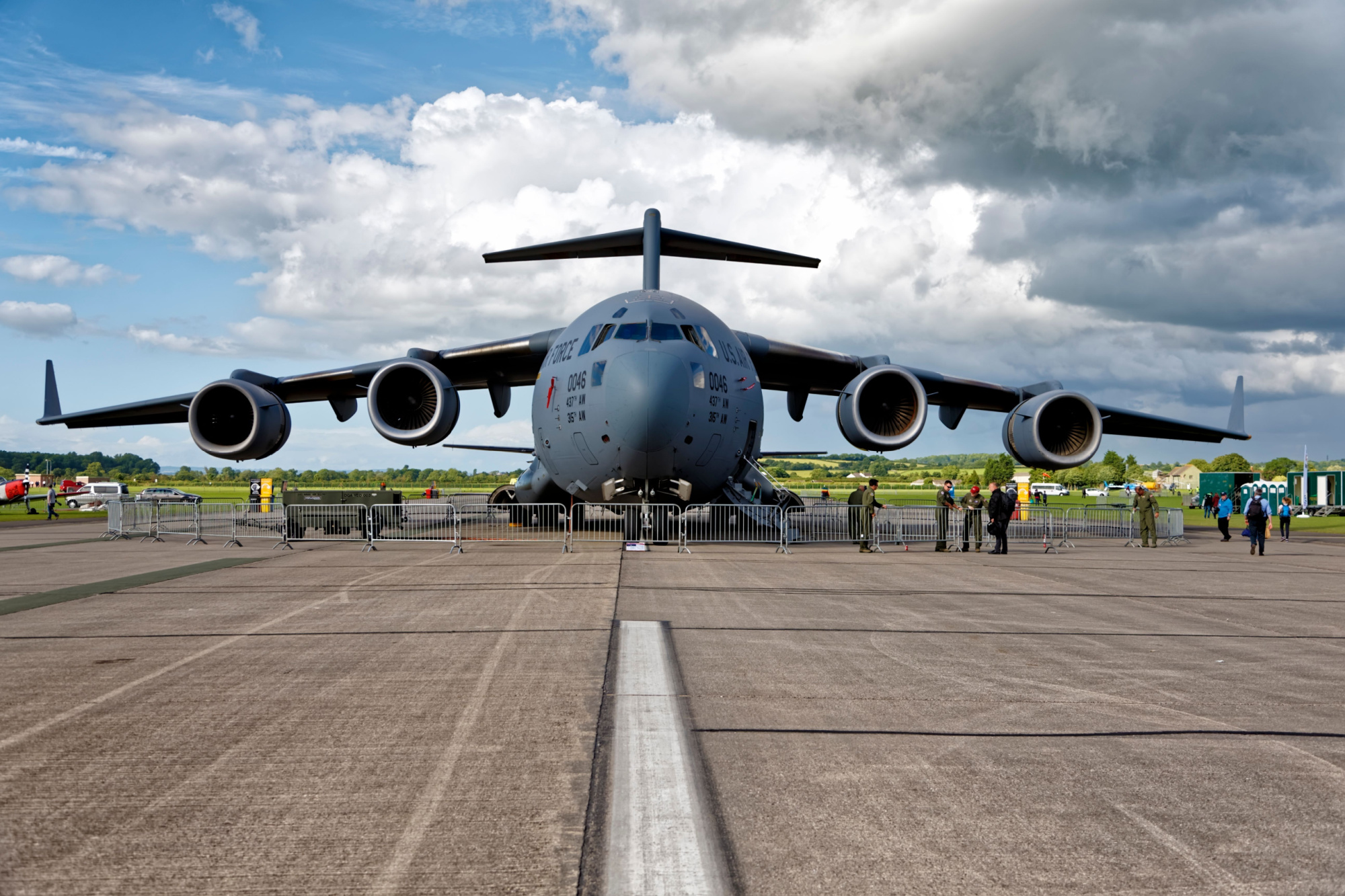
The U.S. Air Force is seeking valuable insights from its key partners, including the Indian Air Force (IAF), as it embarks on a major upgrade program for its C-17 Globemaster III aircraft fleet. This program, known as the “C-17 Aircraft Globemaster Operational Enhancements (GLOBE) program,” aims to breathe new life into the iconic aircraft by integrating cutting-edge capabilities and addressing obsolescence concerns.
The IAF, with its impressive fleet of 11 C-17s, holds the distinction of being the second-largest operator of this versatile transport aircraft globally. This extensive experience makes their feedback crucial in shaping the GLOBE program’s direction.
Continue readingSOURCE: IDRW.ORG
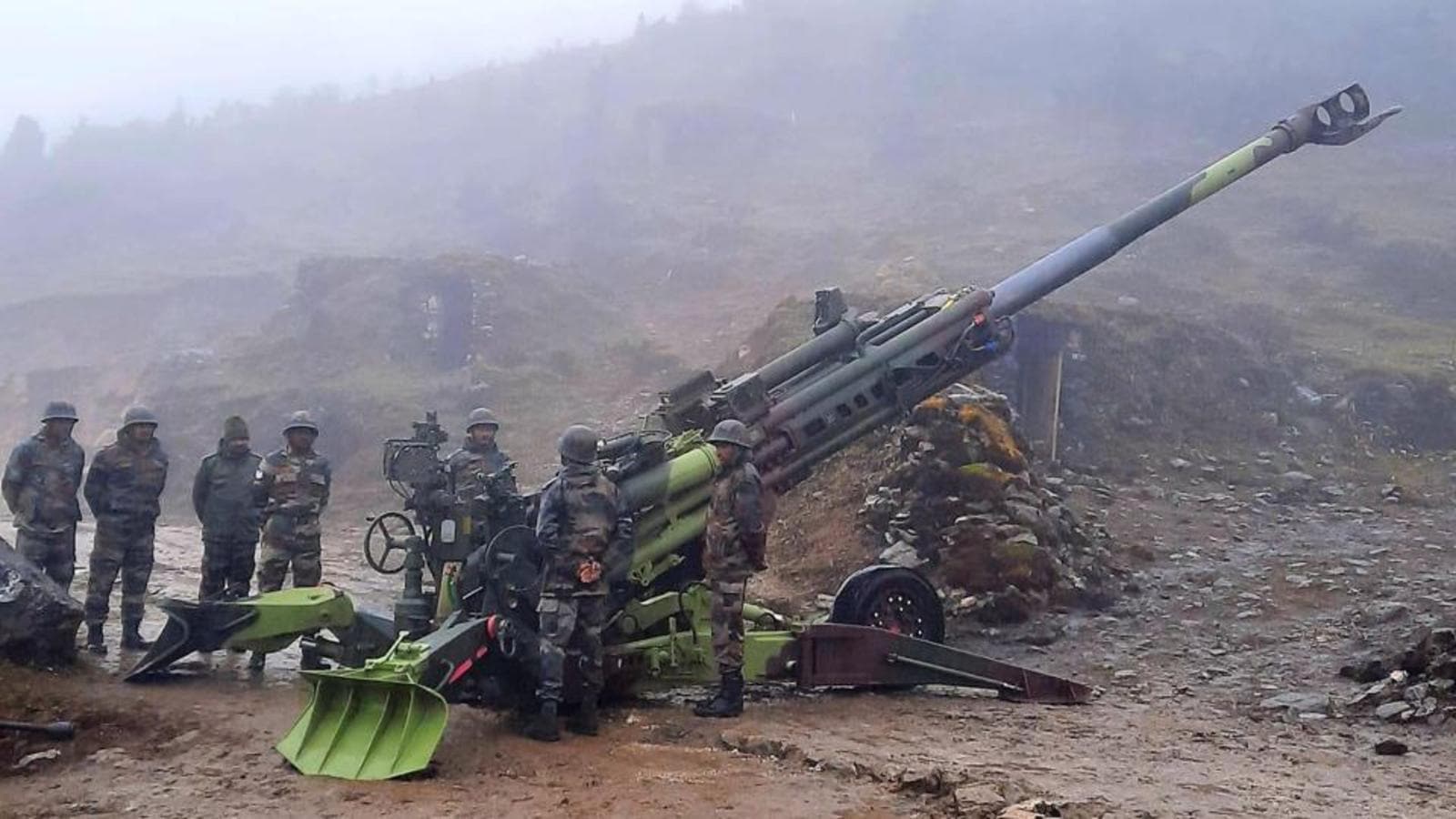
General Manoj Pande, Chief of the Indian Army, embarks on a three-day visit to the United States tomorrow, with defense projects high on the agenda. Among the programs both countries are exploring is a significant upgrade for the M777 ultra-lightweight howitzer.
Currently, India operates the 155mm 39 caliber towed gun variant of the M777. However, discussions are underway to extend its capabilities with a 155mm 52 caliber upgrade. BAE Systems, the manufacturer of the M777, confirms ongoing conversations and acknowledges the potential benefits of a longer-range variant.
Continue reading